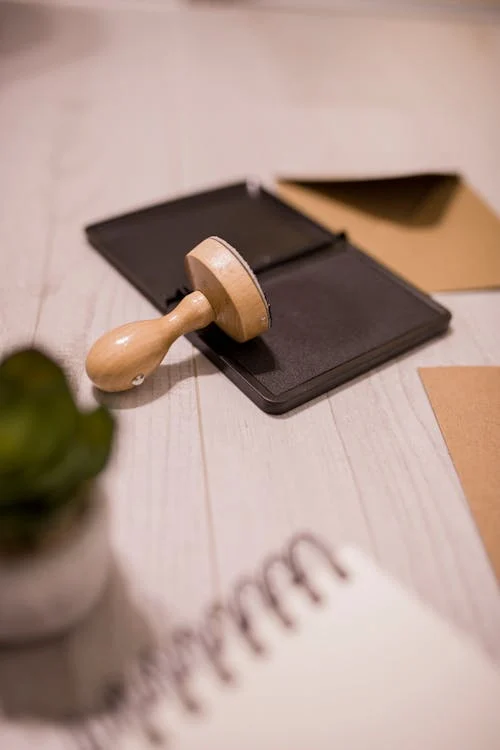Protecting Originality: Copyright Challenges in AI-Generated Creative Works
The use of artificial intelligence (AI) in the arts as a tool for artistic expression has brought up difficult issues with copyright protection. In order to ensure that artists and creators receive just recognition and pay, it is crucial to negotiate the complex world of intellectual property laws as AI algorithms develop more complex and unique works. This article examines possible ways to protect uniqueness in this quickly developing industry while also examining the Copyright Infringement issues raised by AI-generated art.
Understanding AI-Generated Art
AI-generated art encompasses a broad spectrum of creative works produced or significantly influenced by algorithms and machine learning processes. These artworks can range from visual compositions, such as paintings and sculptures, to music, literature, and even film. What distinguishes AI-generated art is its reliance on computational techniques to generate, manipulate, or enhance creative content, often blurring the lines between human and machine authorship.
Copyright Ownership in AI Art
One of the fundamental issues surrounding AI-generated art is determining copyright ownership. Traditional copyright laws attribute authorship and ownership to human creators based on the exercise of skill, effort, and originality. However, the collaborative nature of AI art complicates this notion, as algorithms play a significant role in the creative process.
In many jurisdictions, copyright laws explicitly state that only human authors can claim copyright protection. This poses a challenge when AI systems autonomously generate works without direct human intervention. Without a clear legal framework, questions arise regarding who should be credited as the author and rightful owner of AI-generated art.
Legal Precedents and Case Studies
Several high-profile cases have brought the issue of copyright in AI art to the forefront of legal discourse. One such case involved the controversial sale of “Edmond de Belamy,” a portrait created by an AI algorithm developed by the art collective Obvious. The artwork sparked debate over whether the algorithm or its creators could claim copyright ownership. While the artwork itself was not granted copyright protection, the process of creating it raised important questions about attribution and originality.
Similarly, in the music industry, AI-generated compositions have prompted discussions about copyright infringement and fair use. Projects like “Daddy’s Car” by Flow Machines demonstrate AI’s ability to produce music in the style of various artists, raising concerns about the potential replication of copyrighted works.
Proposed Solutions and Legal Frameworks
Addressing copyright challenges in AI-generated art requires a multifaceted approach that balances innovation with intellectual property protection. One proposed solution is to adapt existing copyright laws to accommodate AI-generated works while preserving the rights of human creators. This may involve revising legal definitions of authorship and ownership to encompass collaborative efforts between humans and AI systems.
Another approach is the development of AI-specific copyright frameworks that recognize the unique characteristics of algorithmic creativity. Such frameworks could establish guidelines for attributing authorship, licensing, and royalty distribution in AI-generated art.
Additionally, promoting transparency and accountability in the creation and dissemination of AI art is essential. Artists and developers should disclose the use of AI algorithms in their works to ensure transparency and facilitate informed decision-making among consumers and stakeholders.
Conclusion
As AI continues to reshape the landscape of creative expression, copyright protection must adapt to address the unique challenges posed by algorithmic artistry. Balancing the interests of artists, developers, and the public requires careful consideration of legal, ethical, and technological factors. By fostering dialogue and collaboration between legal experts, technologists, and the artistic community, we can work towards a copyright framework that protects originality while embracing the transformative potential of AI-generated creative works.


